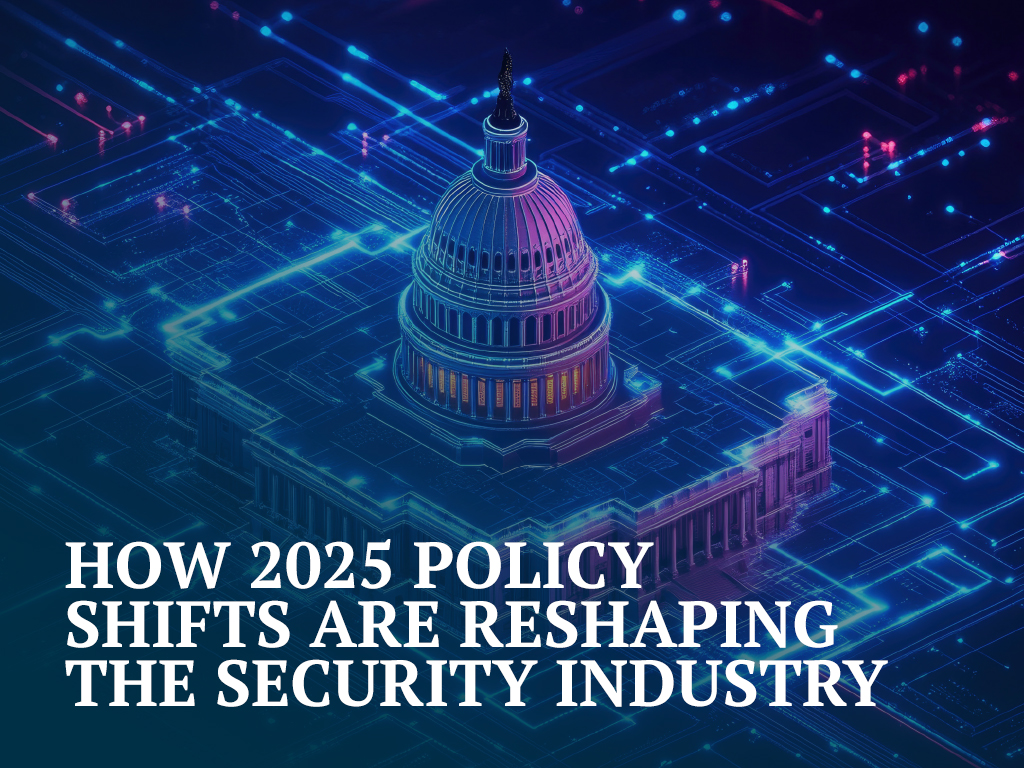Steering Federal Construction Funds to Unions is Bad Public Policy

On February 4, 2022 President Biden issued an executive order (EO) that will require project labor agreements (PLAs) on federal construction contracts of $35 million or more in total value. While many ESA members may think the size of these projects would preclude this order from impacting their business model, that is not necessarily the case. Federal contractors use sub-contractors, and these projects could flow down to federally-funded projects that are administered by a number of state or local agencies.
The recently passed “Infrastructure Investment and Jobs Act” will provide billions in funds to many sectors of our national infrastructure. There will also be many projects that ESA members and thousands of other merit-based businesses could acquire over the next 5-10 years, but based on President Biden’s EO, many will be denied simply because their business has no collective bargaining unit or does not have access to or participate in a federally approved apprenticeship program (usually run by a union).
Here are some compiled data provided by the Associated Builders and Contractors (ABC) on the issue of Government-mandated PLAs:
- These policies will steer contracts to contractors that employ less than 13% of the US Construction industry with the underlying goal of expanding union membership.
- This will exacerbate the already critical shortage of skilled workers for vital infrastructure projects.
- It will harm and shut out small contractors who seek to sub-contract with federal contractors subject to the executive order.
- It will increase the cost to taxpayers by as much as 20%. Studies in numerous states found that project labor agreements (PLAs) increased the cost of school construction by 12% to 20%. A similar study in California found that PLA mandates increased affordable housing construction by over 14% and resulted in the construction of 800 fewer units than would have been produced without the PLA mandates.

The list of potentially harmful outcomes from this public policy will reach all segments of infrastructure improvements that are designated by this massive bill. Some of that bill could stream to ESA member businesses. Some could create large opportunities; some will continue current lines of business. But will this EO impact those opportunities or disrupt current lines? It very well may.
With the current political landscape, there is little hope of reversing course or changing the minds of the President or the majority in Congress, but the effort must continue to sway minds because the winds of politics are always changing direction. Stay engaged and stay tuned.




